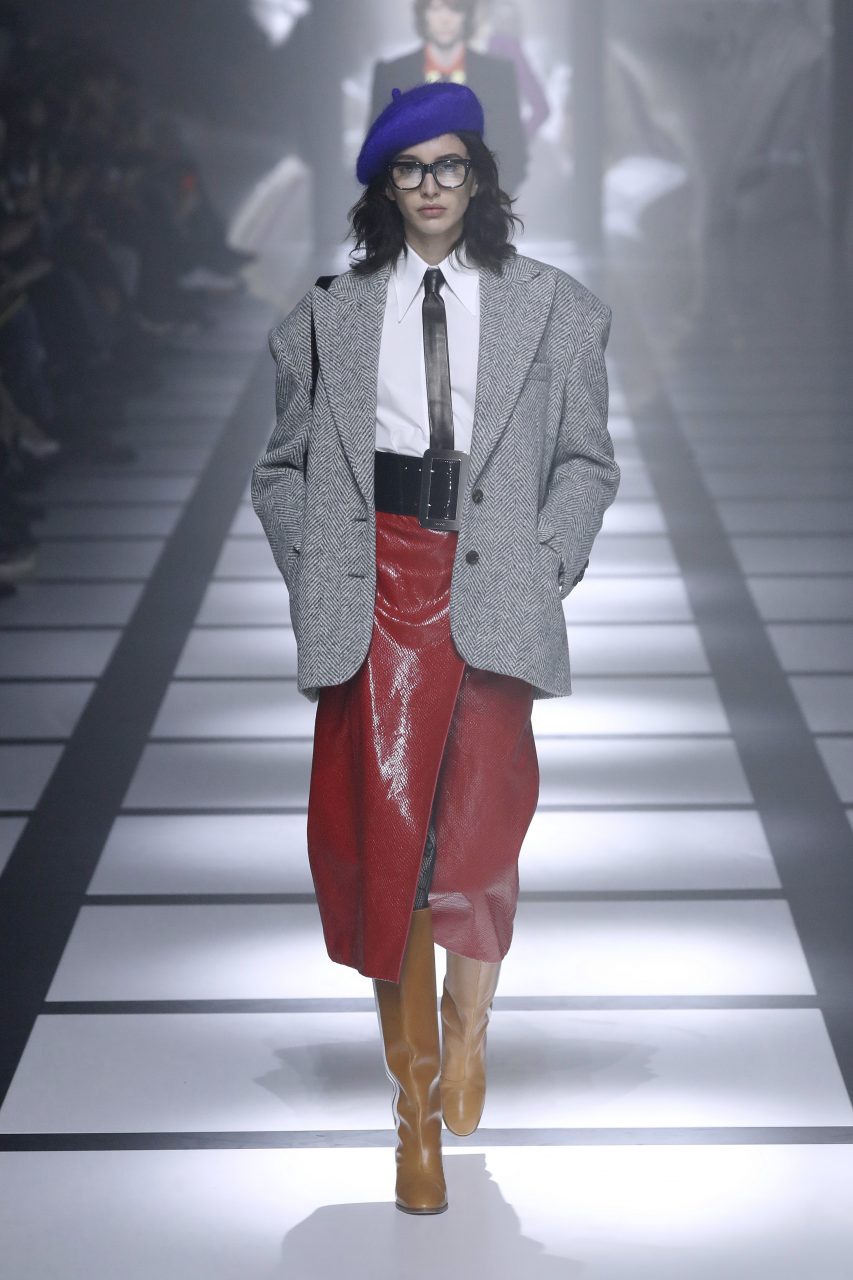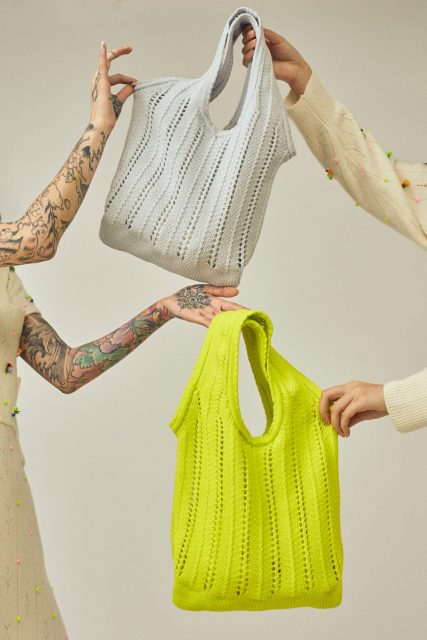Fashion knows that it needs to move towards a more circular model moving forward – in contrast to the traditionally linear approach, which involves using virgin materials to create a new product that’s thrown away at the end of its life. But how can the industry actually get there?
Well, Gucci has some ideas. It’s just become the first major luxury house to become a strategic partner of the Ellen MacArthur Foundation, a non-profit focused on circularity. “Bringing together a brand like Gucci and an organisation like the Ellen MacArthur Foundation, that has done such a good job of really pioneering the discussion around circularity, we feel is going to be very much a win-win partnership,” Robert Triefus, Gucci’s executive vice-president for brand and customer engagement, tells Vogue. “And so today is the beginning of a journey and we’re excited about that.”
The partnership will see Gucci initially focus on expanding its efforts in two key areas: circular design and regenerative agriculture. “Up until a while ago, circularity was more about [how you] dispose of a product at the end of life,” Antonella Centra, executive vice-president for general counsel, corporate affairs and sustainability, says. “Now the approach has completely shifted to [encompass] the way in which you start creating a product, beginning from sourcing and for us, for example, even before [that] from regenerative agriculture.”
Gucci’s approach to circularity is best exemplified by its Off The Grid collection, which was first launched in 2020 and is made of 100 per cent recycled, bio-based and organic materials. These include Econyl, recycled nylon made from discarded fishing nets and other waste, and Demetra, a new in-house animal-free leather made primarily from sustainably-sourced wood pulp and bio-based polyurethane (like many other vegan leathers currently on the market, the material still contains some synthetics, but the brand is working to eliminate these). Attention to detail is key, with all the metal hardware and zips, labels and drawstrings recycled, while upcycled leather scraps also feature within the collection.
This circular approach to materials is also being taken beyond the Off The Grid collection. The brand is funding a regenerative wool programme in Patagonia as part of its climate-positive strategy, launched in 2021, as well as a regenerative cotton programme in Uruguay. This ensures these fibres are sourced in a way that actually benefits the environment, as opposed to simply extracting resources from the planet (as is the case in the linear model fashion has historically been founded upon). “[Regenerative agriculture] is the beginning of circularity,” Centra explains. “You basically create the precondition for a material to come from a regenerative source; [you’re having] a positive impact on the land, on biodiversity. Then you’re also increasing your ability to capture [carbon] emissions.”
Of course, the sourcing of materials is only one part of the conversation. One of the biggest challenges when it comes to circularity is how to ensure all those textiles can be used again. Even if materials used are recycled, it’s not necessarily easy to recycle them again – with recycled polyester being a prime example. “The challenge is for the entire industry,” Centra comments. “There is not yet the technology that allows you to completely dismantle a product and then separate all the components in a mechanical way. The second constraint for our product is the logo – there is a limit in upcycling this material because we cannot have our products with the logo going around in the market.”
In many ways, the value that the Gucci logo holds is an advantage when it comes to circularity. Rather than focusing on recycling the product at the end of its life, the brand wants to ensure its products have a second, third and fourth life – with resale being a key part of that. The fashion house partnered with US resale site The RealReal in 2020, as well as incorporating vintage pieces as part of its Gucci Vault initiative last year. “This is definitely an area that we are focused on and we believe is a responsibility of ours to explore further,” Triefus says.
Indeed, circularity must involve every part of the business – something that Gucci is keenly aware of. “It’s a mindset that’s embedded across the organisation,” Centra concludes. “It’s the only way you can address circularity.”
Editor
Emily ChanCredit
Lead image: Getty Images

